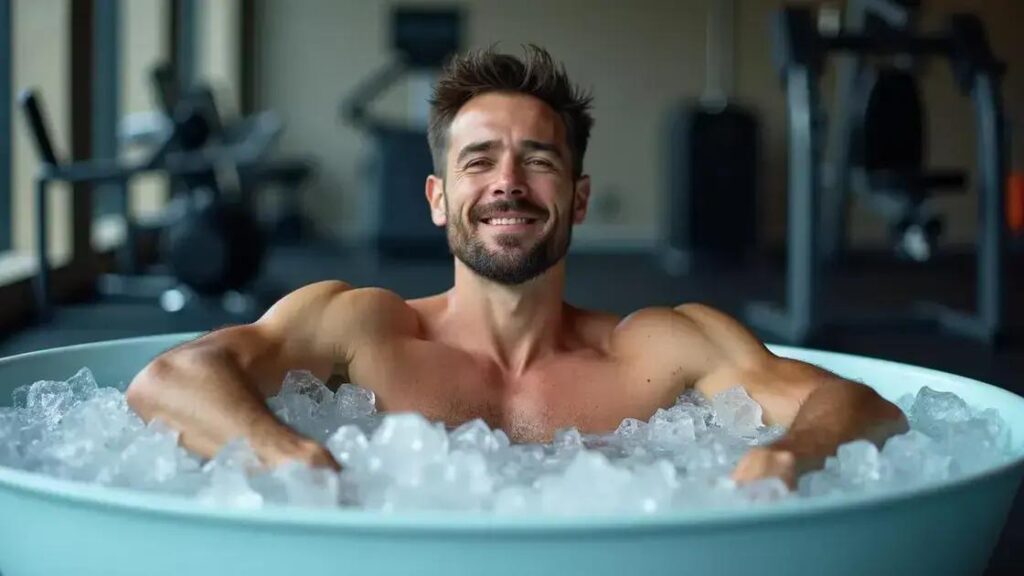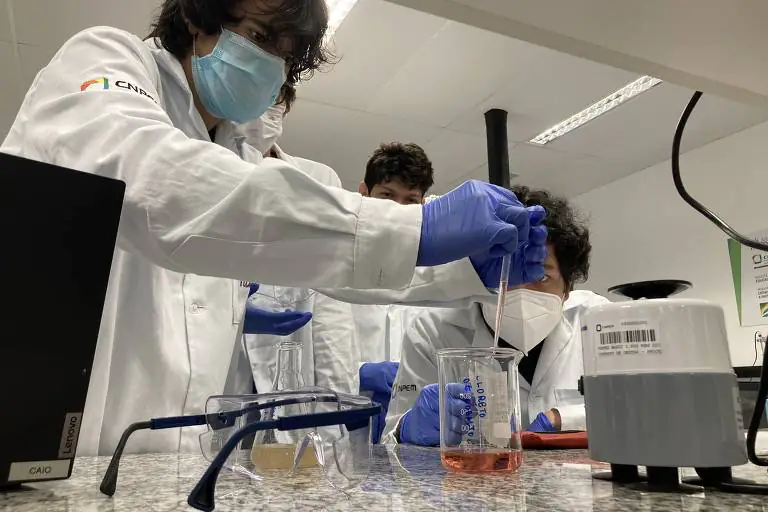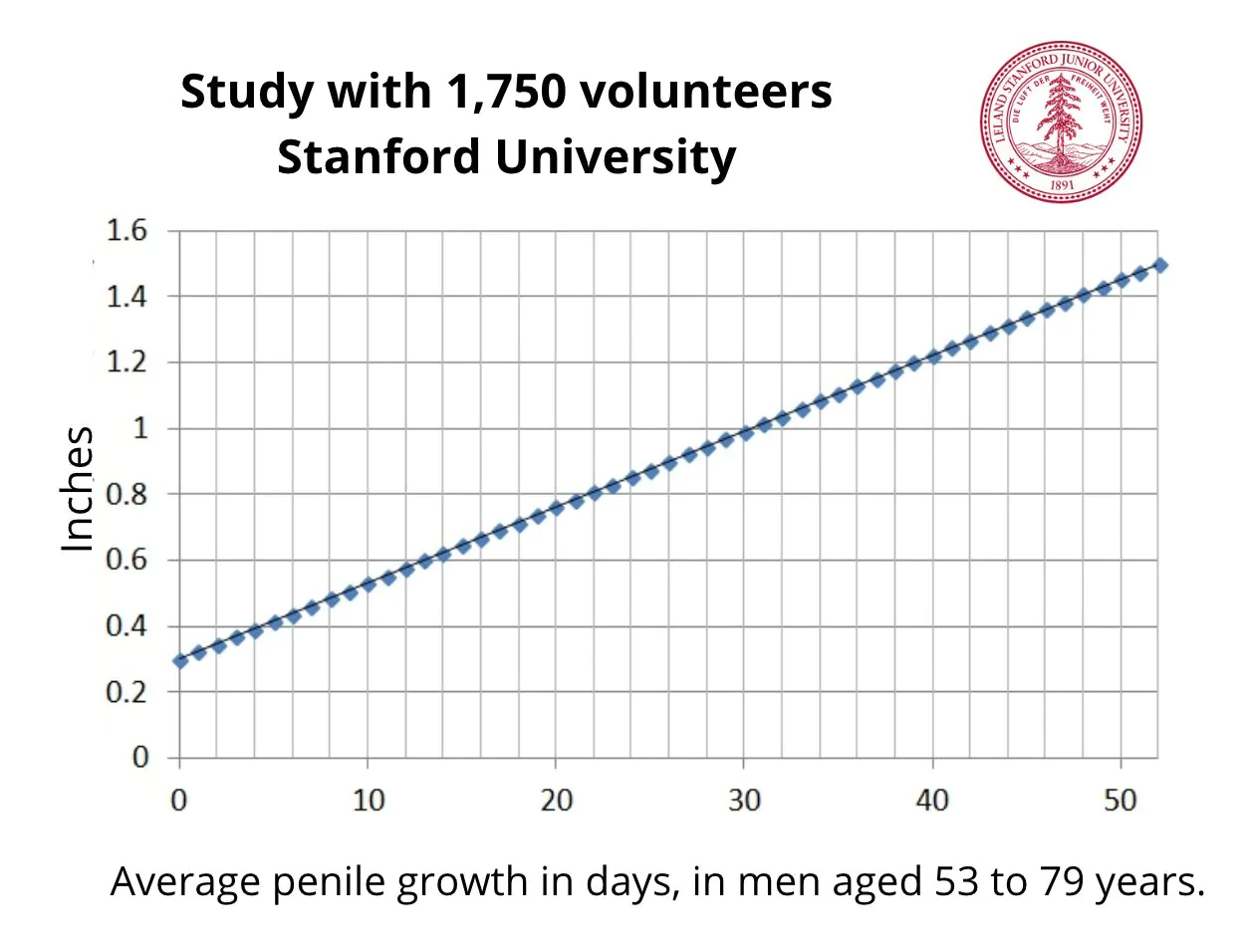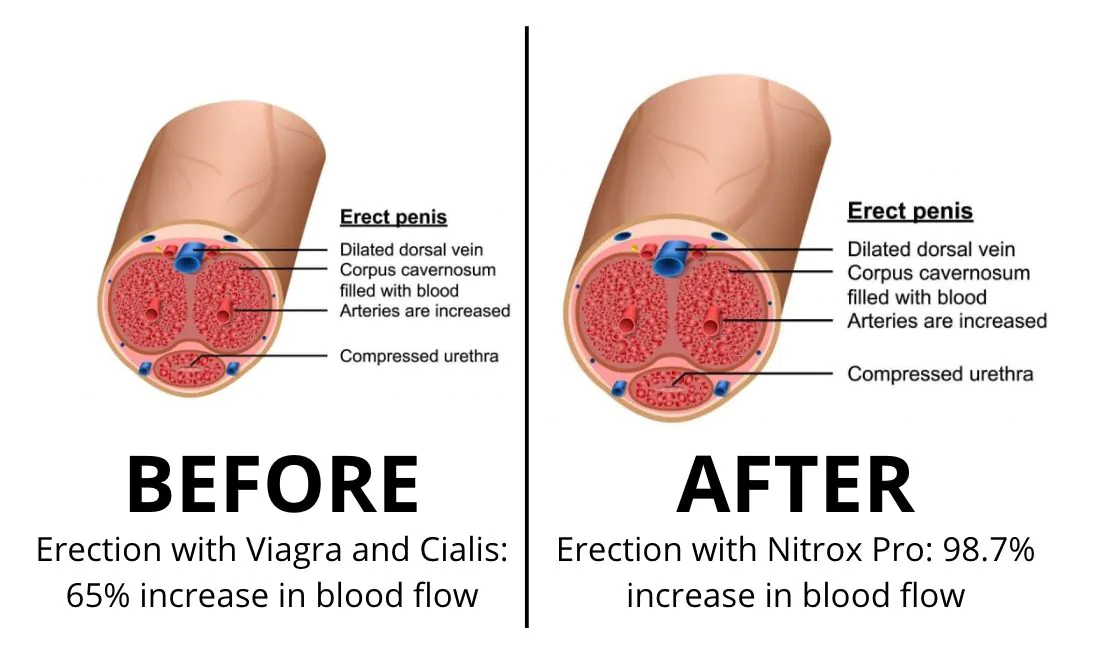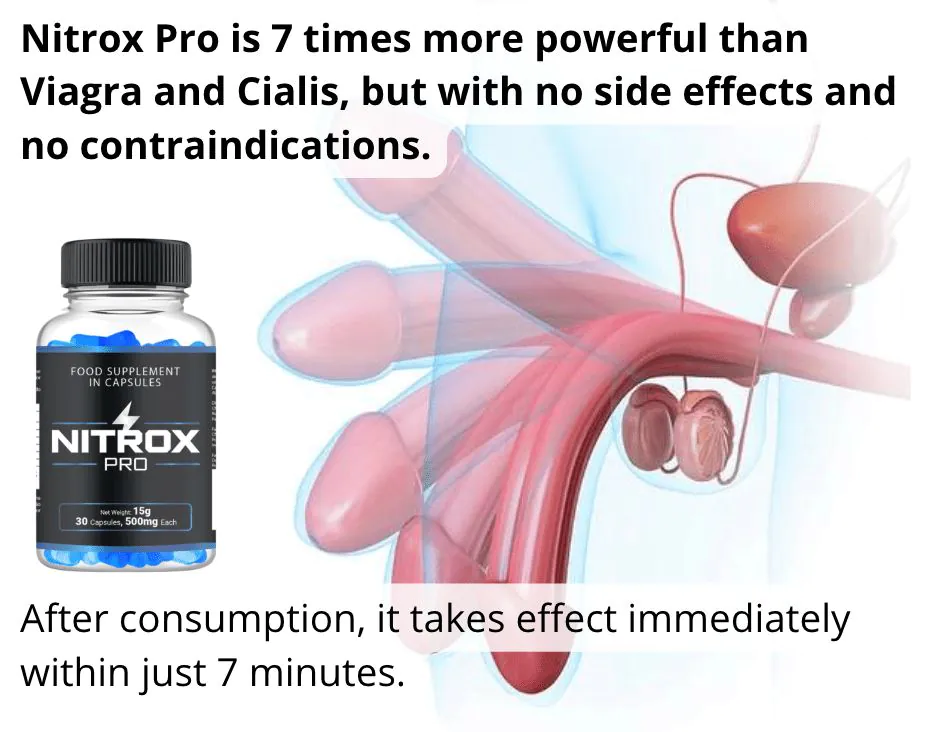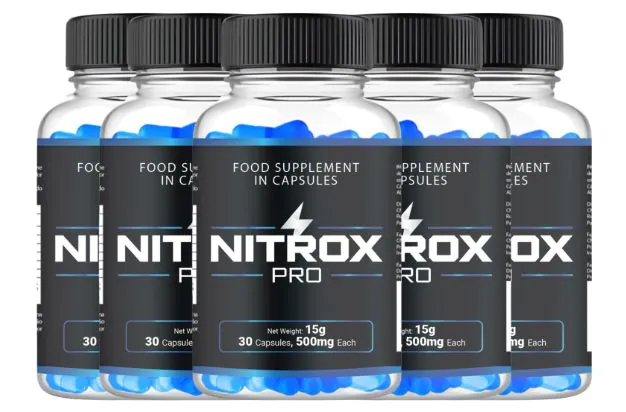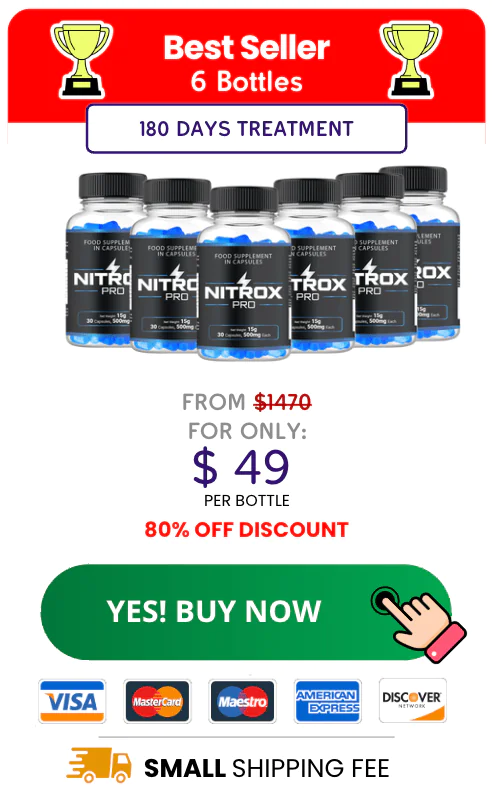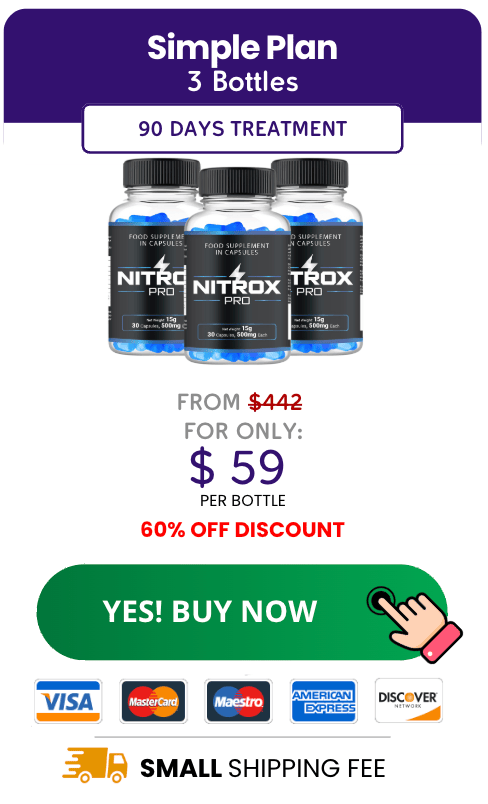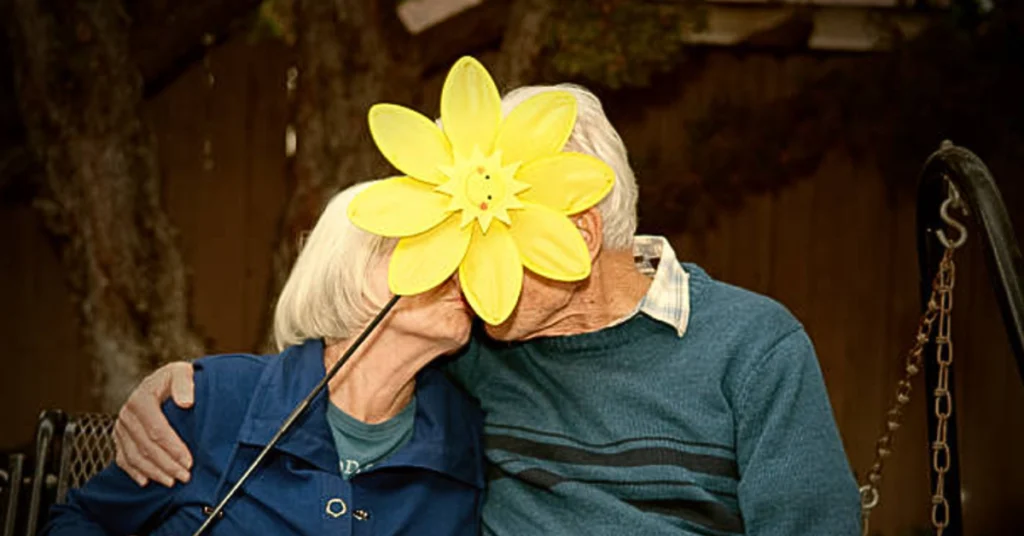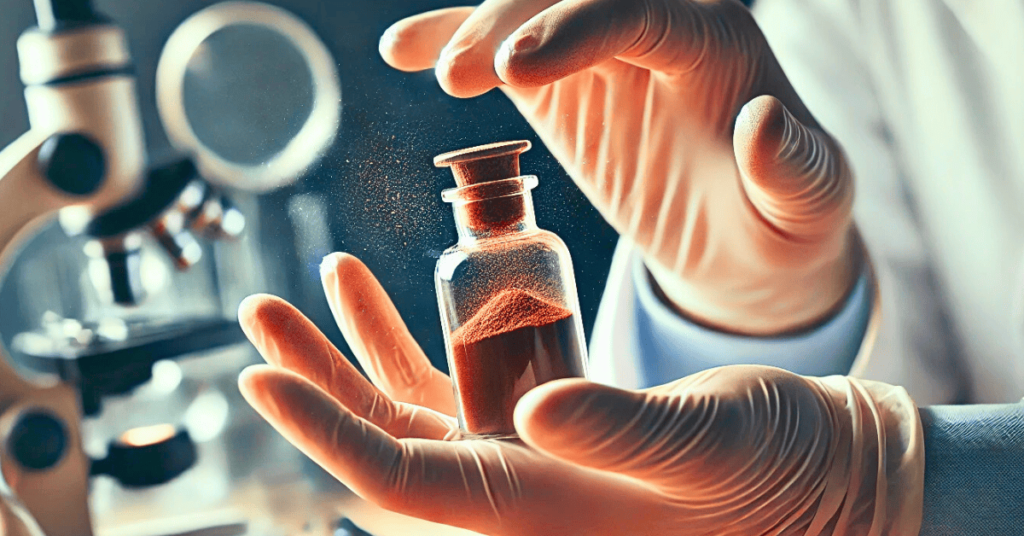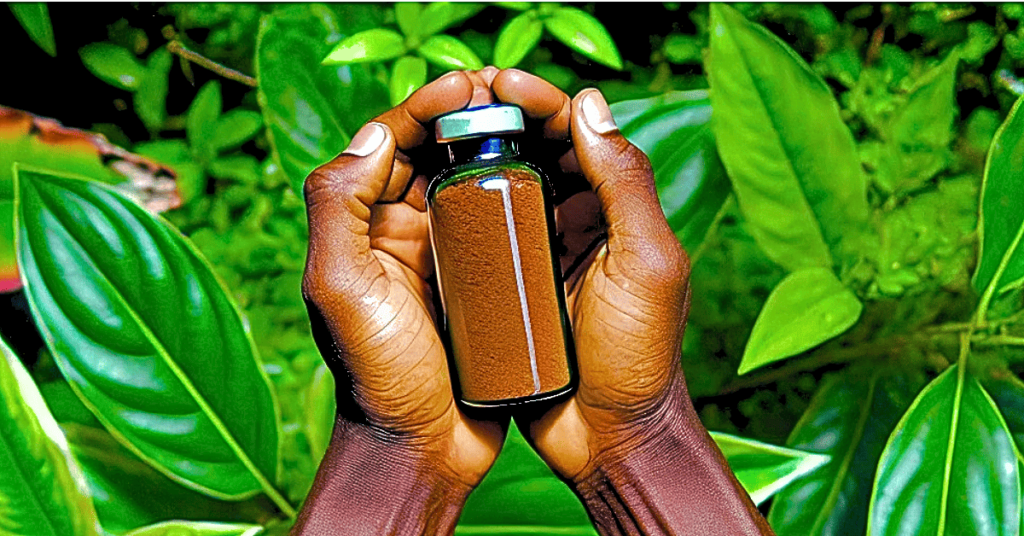Cold therapy is trending as a recovery tool for men’s fitness, offering benefits such as reduced muscle soreness, decreased inflammation, and improved circulation. Incorporating techniques like ice baths and ice packs can enhance recovery after workouts, helping men maintain peak performance and resilience in their fitness journey.
Cold therapy is transforming recovery in men’s fitness. As more athletes recognize the benefits, this method is becoming a go-to for muscle recovery and improved performance. From reducing inflammation to enhancing circulation, cold therapy offers several advantages for those dedicated to fitness. In this article, we will delve into the various aspects of cold therapy, exploring its benefits, usage, and real-life testimonies from fitness enthusiasts who have experienced its impact firsthand.
Understanding Cold Therapy
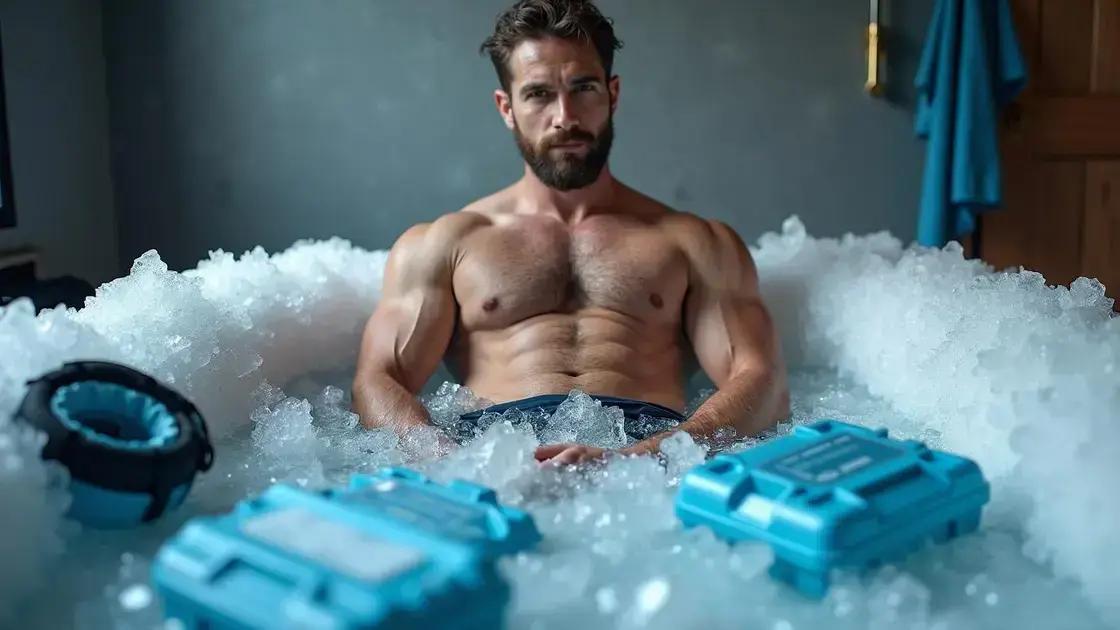
Understanding Cold Therapy is crucial for anyone looking to enhance their recovery after workouts. Cold therapy, also known as cryotherapy, involves exposing the body to cold temperatures to manage pain, reduce inflammation, and promote healing. Athletes have used this technique for years to help speed up recovery and improve performance.
What is Cold Therapy?
Cold therapy works by decreasing blood flow to an area, which can help with swelling and inflammation. When you immerse your body in cold water or apply an ice pack, the cold constricts blood vessels. This response can reduce tissue damage after injury. After the cold application is removed, the blood vessels expand, leading to an increase in circulation.
Types of Cold Therapy
There are several methods of cold therapy:
- Icing: Applying ice packs directly to the skin.
- Ice Baths: Sitting in a tub filled with ice and water.
- Cold Compresses: Using gel packs or cold towels on sore areas.
- Whole Body Cryotherapy: Enveloping the body in a chamber that emits cold air.
Each method has its own set of benefits and can be chosen based on personal comfort and specific recovery needs.
When to Use Cold Therapy
Cold therapy can be beneficial after intense workouts or competitions. It is especially effective for reducing muscle soreness and helping your body recover from injuries. It is important to listen to your body and use this recovery tool when you feel discomfort or inflammation after physical activity.
Bottom Line
As cold therapy gains popularity in men’s fitness, understanding its functions and applications can help athletes recover more effectively and maintain peak performance. By incorporating these techniques into their routines, they can improve their overall fitness journey.
Benefits for Men’s Fitness
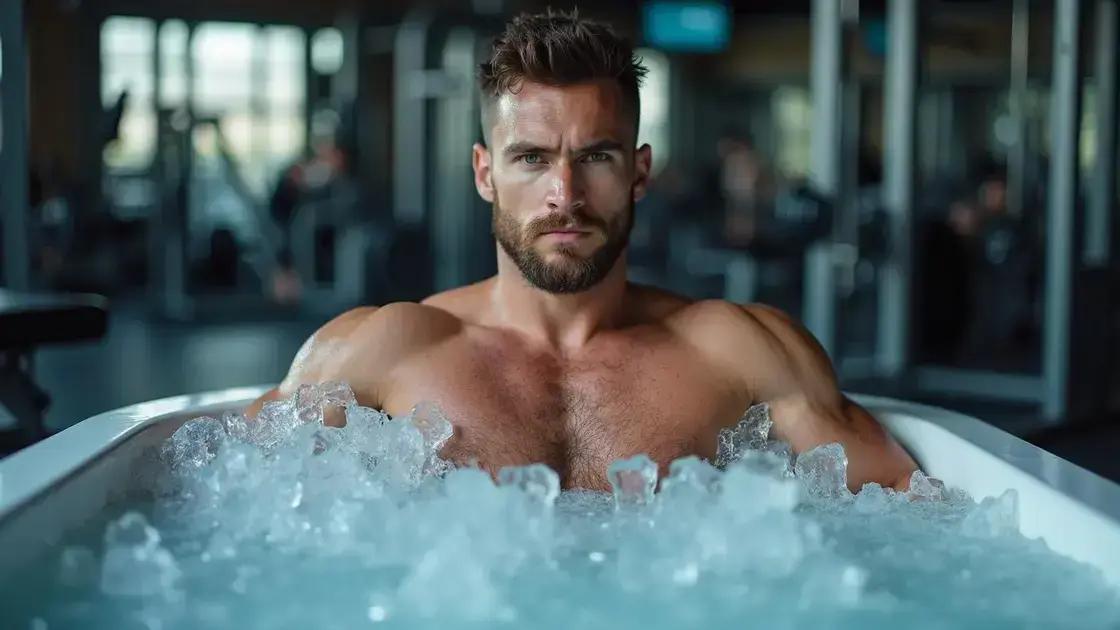
Benefits for Men’s Fitness in using cold therapy go beyond just alleviating soreness. Many athletes and fitness enthusiasts are discovering its significant advantages for recovery and performance enhancement.
Reduces Muscle Soreness
Cold therapy effectively reduces delayed onset muscle soreness (DOMS) after intense workouts. By lowering muscle temperature, it can decrease pain and stiffness, enabling quicker recovery.
Decreases Inflammation
Another key benefit is its ability to minimize inflammation. When muscles are stressed, inflammation can lead to prolonged recovery times. Cold therapy constricts blood vessels and reduces swelling, allowing for a faster return to peak performance.
Enhances Circulation
Cold therapy promotes better blood circulation. After cold exposure, blood vessels dilate, leading to improved nutrient delivery to muscles. This improved flow helps with muscle repair and recovery.
Boosts Mental Toughness
Using cold therapy can also enhance mental toughness. The shock of cold can elevate the body’s stress response, training individuals to cope with discomfort. This mental resilience can translate into better performance during workouts.
Supports Immune Function
Regular exposure to cold therapy is known to strengthen the immune system. It can increase the production of white blood cells, helping athletes maintain their overall health and fend off illness during training periods.
Integrating cold therapy into a fitness routine can be particularly beneficial for men who are active and want to maximize their recovery efforts and overall fitness levels.
How to Use Cold Therapy Effectively
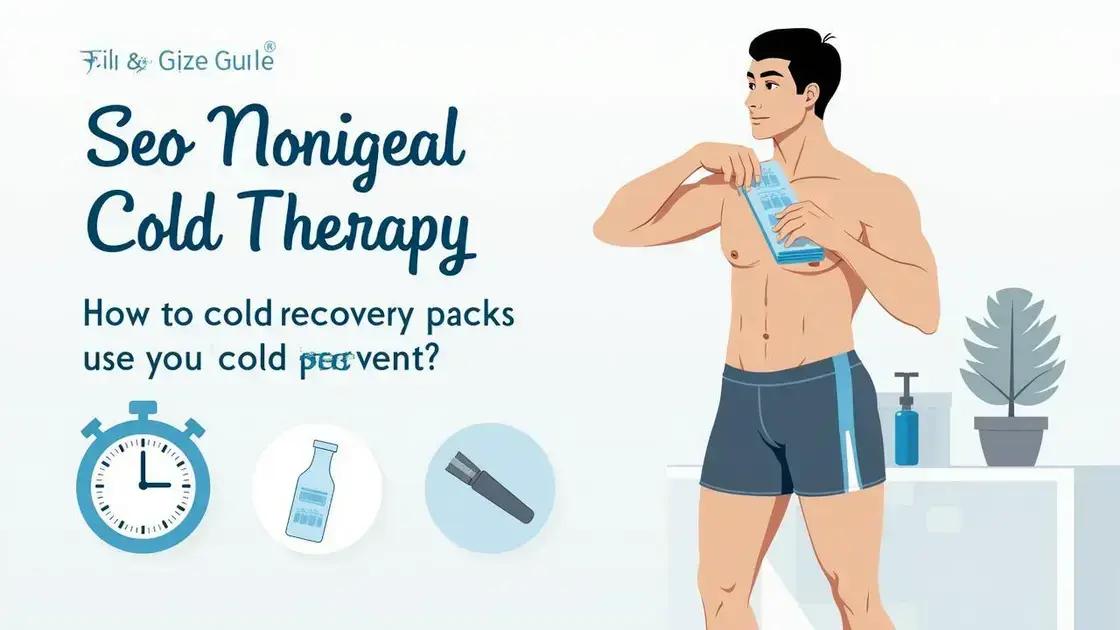
How to Use Cold Therapy Effectively involves simple steps that can maximize the benefits of this recovery tool. Whether you are an athlete or someone who exercises regularly, knowing the best practices will enhance your results.
1. Timing Matters
Using cold therapy within 30 minutes after intense workouts is ideal. This ensures that you reduce inflammation and muscle soreness effectively. Waiting too long may reduce the benefits you gain from the treatment.
2. Duration of Exposure
Typically, you should apply cold therapy for about 15-20 minutes. Too much exposure can cause frostbite, while too little may not provide the desired results. Always monitor how your body reacts and adjust accordingly.
3. Use Proper Equipment
Choose the right method for cold therapy. Options include ice packs, cold compresses, or ice baths. Ensure that ice packs are wrapped in a cloth to protect your skin from direct contact with ice.
4. Focus on Specific Areas
For targeted relief, focus on sore muscles or injured areas. Apply ice directly to the affected area to help with recovery. Just make sure to rotate the areas to avoid prolonged cold exposure.
5. Combine with Other Recovery Methods
Using cold therapy with other recovery techniques, such as stretching or hydration, can enhance your recovery process. Consider integrating foam rolling or gentle movements to promote blood flow after cold therapy.
6. Listen to Your Body
Always pay attention to how your body responds to cold therapy. If you experience excessive discomfort or pain, it may be time to stop the session. Everyone’s tolerance is different, so finding your comfort zone is essential.
By following these steps, you can use cold therapy effectively to improve your recovery and overall fitness performance.
Real Stories: Men Who Swear by Cold Therapy
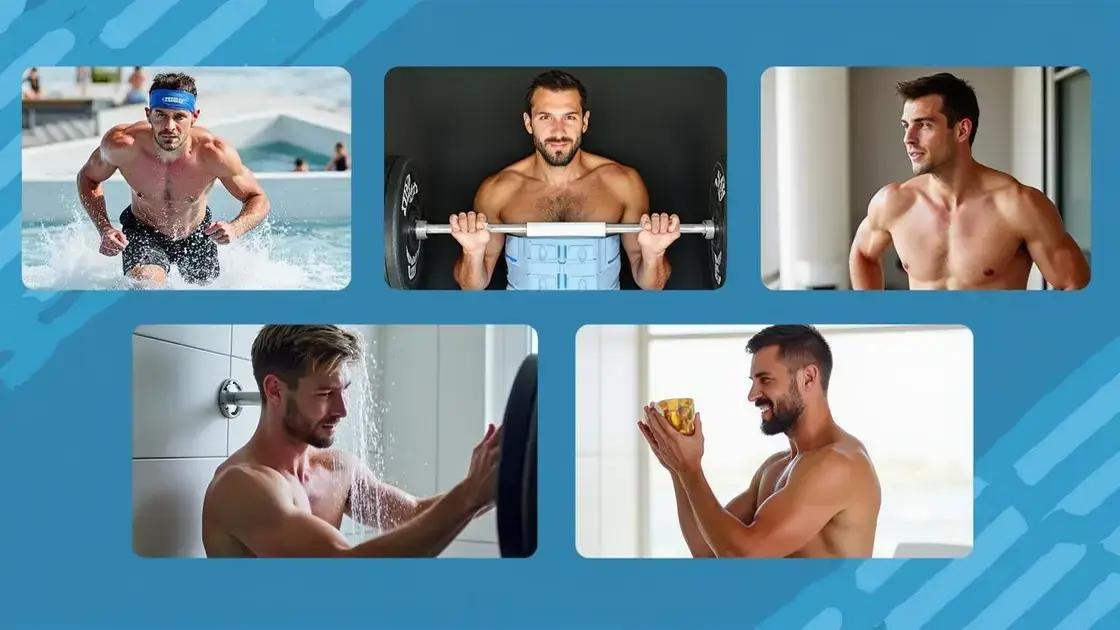
Real Stories: Men Who Swear by Cold Therapy showcase the effectiveness and transformative nature of this recovery method. Here are some inspiring accounts of men who have made cold therapy a vital part of their fitness routines.
John, the Marathon Runner
John, a dedicated marathon runner, began using cold therapy after every race. He noticed that it drastically reduced his post-race soreness and allowed him to train harder with fewer rest days. After finishing a marathon, he takes an ice bath for 15 minutes. He says it helps rejuvenate his legs and keeps him ready for the next challenge.
Mike, the Weightlifter
Mike, a weightlifting enthusiast, shares his experience with ice packs. He applies them to sore muscles after intense lifting sessions. According to Mike, the cold therapy not only helps with recovery but also prevents injuries. He believes that it has played a crucial role in keeping him fit and strong for competition.
Chris, the Casual Gym-Goer
Chris, who visits the gym three times a week, started using cold therapy at the advice of a friend. He incorporates cold showers after workouts. He finds this practice refreshing and reports feeling less fatigued afterward. Chris emphasizes how easy it is to add cold therapy to a regular routine without much hassle.
David, the Soccer Player
David, a semi-professional soccer player, relies on cold therapy particularly during the season. After matches, he immerses himself in an ice bath to recover faster. He explains that this has helped him stay competitive, avoiding injuries and maintaining high energy levels throughout the season.
These stories highlight how cold therapy has transformed the recovery process for various men engaged in fitness. Each man has found a unique way to incorporate cold therapy into his routine, reaping the benefits of improved performance and quicker recovery.
In Summary: Embracing Cold Therapy in Men’s Fitness
Cold therapy has emerged as a popular and effective tool for enhancing recovery in men’s fitness routines. By understanding its benefits, including reduced muscle soreness, decreased inflammation, and improved circulation, athletes and fitness enthusiasts can experience significant performance gains.
Utilizing cold therapy effectively requires attention to timing, duration, and proper methods, ensuring a safe and effective experience. Real stories from men who have integrated cold therapy into their fitness routines highlight its tangible benefits and positive impact on recovery.
As cold therapy continues to gain momentum within the fitness community, its incorporation into recovery strategies allows men to perform better, recover quicker, and achieve their fitness goals with newfound resilience.
FAQ – Frequently Asked Questions about Cold Therapy in Men’s Fitness
What is cold therapy?
Cold therapy, also known as cryotherapy, involves exposing the body to cold temperatures to aid in recovery, reduce inflammation, and alleviate muscle soreness.
How does cold therapy benefit men’s fitness?
Cold therapy can help reduce muscle soreness, decrease inflammation, enhance circulation, boost mental toughness, and support immune function, aiding overall fitness.
When is the best time to use cold therapy?
The best time to use cold therapy is within 30 minutes after intense workouts or competitions to maximize recovery benefits.
What are the different methods of cold therapy?
Methods of cold therapy include ice packs, ice baths, cold compresses, and whole-body cryotherapy chambers, each offering unique advantages.
How long should I apply cold therapy?
You should apply cold therapy for about 15-20 minutes to avoid frostbite while still gaining its recovery benefits.
Can cold therapy be combined with other recovery methods?
Yes, cold therapy can be effectively combined with stretching, hydration, and rest to enhance recovery and performance.

